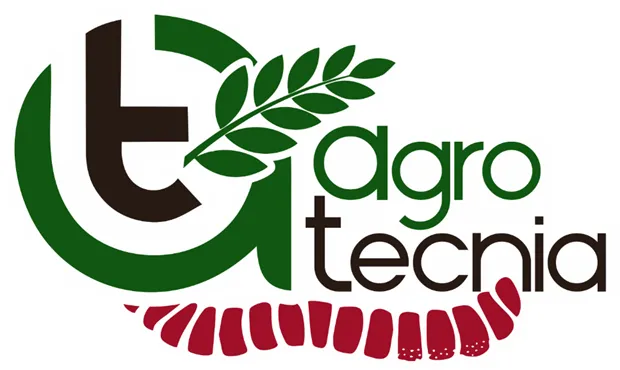Dear readers, the soil is a natural resource of great importance for the production of food, therefore, it must be implemented management to preserve it, because there are practices such as excessive implementation of tillage methods, which, when applied on a regular basis, can cause degradation of the soil by significantly losing its soil biota. In this sense, the producer must know the soil present in their production unit and the advantages they have, taking into account that the characteristics of the soil may vary from one farm to another or from one area to another; So sometimes when you replicate some techniques from other areas, you don’t get the same results.
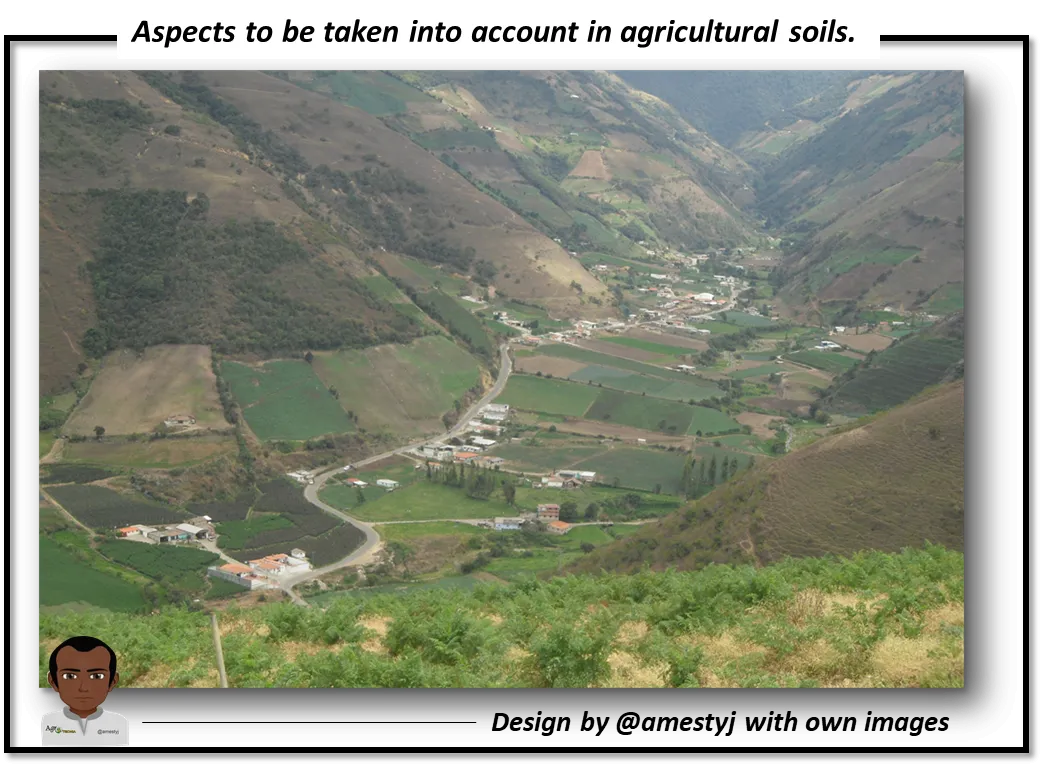
For the above mentioned, below, we will share with you some characteristics of the soil that will allow the farmer to make some decisions appropriate to the time of planting.
- First, it is necessary to take a composite soil sample in the different areas of the production unit to perform a thorough analysis of the same, there you can determine the nutritional quality, texture, Ph, percentage of organic matter among other characteristics depending on what the farmer needs to know.
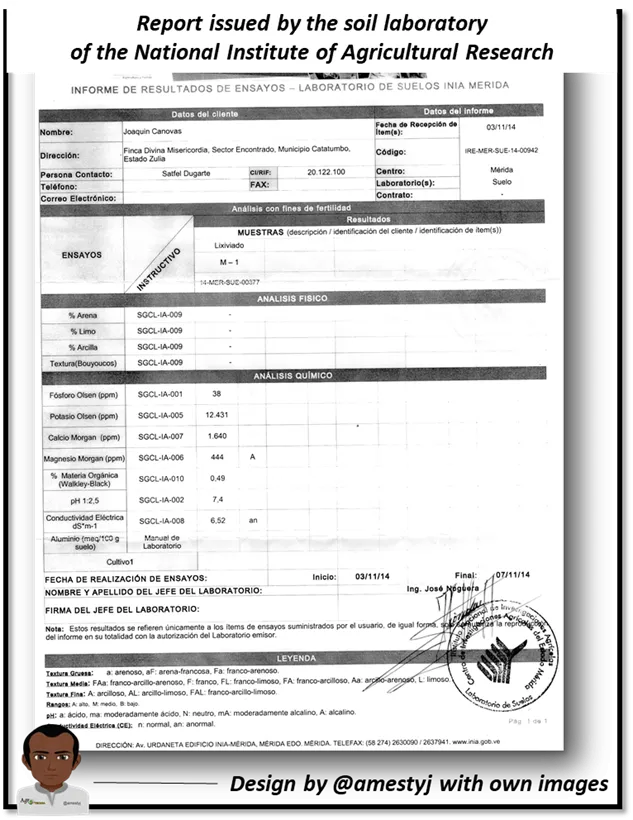
- In addition to the analysis of the soil, it is necessary for the producer before planting to prepare the soil with the appropriate use of agricultural implements such as plowing, raking or in cases of severe compaction use the subsolator that allows to easily break some soil structures. This type of practice should be implemented mainly on forage surfaces, taking into account that in such soils animals are handled that can cause compaction with the pressure they make with their legs.
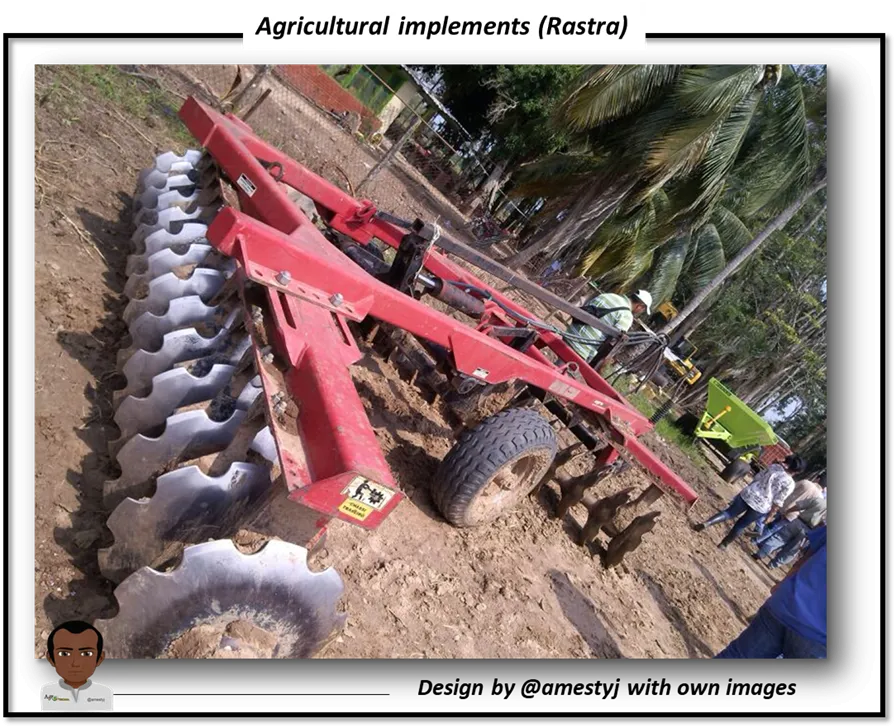
Compacted soils do not easily circulate air and water through their pores, because these spaces are becoming narrower, which causes stagnation of the same and low or no presence of oxygen that considerably affects the radical system of plants or seeds if they are sown in these spaces.
- Another aspect that can be considered by the farmer is the color of the soil, since it can be an indicator of the presence of organic matter, which is of paramount importance for the supply of nutrients, when we are in the presence of a dark colored soil is an indication of the high presence in organic matter, generally ecosystems that have a high presence of plants tend to present these dark soils by the decomposition of the leaves, This accumulates in the first layers of the soil and can favor the radical system of plants.
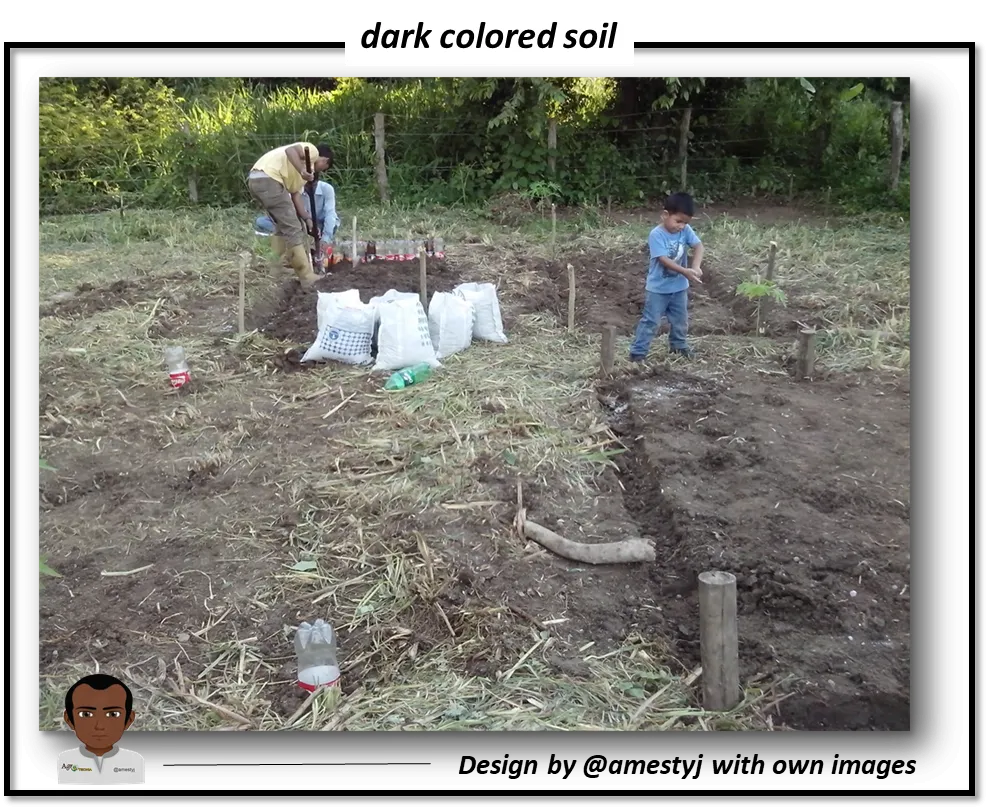
- In the same way through soil analysis you can know the texture of the soil, this can be sandy (A), clayey (Ar), Limosa (L) and Francs (F). In sandy soils circulates water and air because they have large pores, but do not retain moisture, unless abundant organic matter is applied, on the other hand, we have clayey, whose porous space is narrow and tend to become waterlogged, The ideal would be to prepare the soil and apply it in the same way organic matter, there are also the frank soils characterized by possessing fractions of sand, clay and silt making it a soil with a good balance ideal for planting any crop. The southern area of Lake Maracaibo has this type of soil and has had excellent results with any type of crop that adapts to the climatic conditions of the region.
- It is also important to consider the pH levels present in soils since, microorganisms proliferate in conditions with ranges between slightly acidic and slightly alkaline, in case of much acidity apply corrective as agricultural lime as mentioned in previous articles.
| final considerations |
|---|
Dear readers, it was possible to show how compaction and soil texture influence some processes such as moisture retention for plant development, so it is necessary to diagnose the soil before planting, this will allow to carry out the work of tillage and correct fertilization, because in case of low levels of organic matter can be incorporated through different agroecological alternatives such as earthworm humus and /or compost.
Thank you for staying until the end.
| bibliographic references |
|---|
Duran, F.(2009). Studies of soil management and conservation of agricultural soil. Latin group publishers. Colombia.

From agrotecnia we reiterate our gratitude to our followers and all the communities that value our agricultural content, this commits us to continue sharing quality information with the whole hive.
